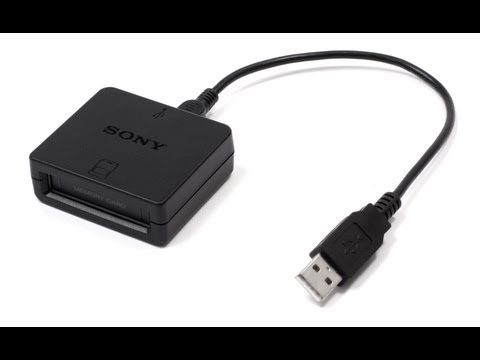
If a verbal message is ambiguous non-verbal behaviour, such as facial expression may elucidate what is meant. Another study noted that cues were most likely to be missed by doctors if they did not directly state the emotional impact on the patient. Similar results were noted in oncologists in response to verbal cues from cancer patients, where only 28% of emotional cues were responded to appropriately. Levinson et al found that responding to emotions expressed verbally by patients may result in shorter consultations, but the same study found that physicians responded positively to patients' verbal emotional cues in only 38% of surgery cases and 21% of primary care cases. That is, although the doctor could discriminate and behave differently towards individuals who would repeatedly attempt suicide and those would not repeat, this information was not, or could not, be utilised when clinical decisions were made.Įmotional cues may be verbal or non-verbal. Although the doctor appeared to pick up on facial expression cues from the patients to distinguish between those who would re-attempt suicide, as they behaved differently towards such patients they were unable to use this information consciously to assign those patients as being at risk of re-attempting suicide. Archinard studied the behavioural responses of a doctor when interviewing patients who had attempted suicide. A further use would be to pick up clues to the patients emotional state. In one study which interviewed Certified Nursing Assistants in an American care home one method the nursing assistants used to gauge the pain level in cognitively impaired residents was their facial expressions.

Being able to perceive facial expressions accurately may aid in interpreting how much pain a patient is experiencing. In his article 'Emotions revealed: recognising facial expressions' Paul Ekman states that recognising facial expressions, including the less obvious facial micro-expressions of patients may be useful to a doctor in their interactions. One interaction where emotions are frequently shown by participants is the doctor-patient consultation. Why this should be the case is not clear and further investigation should be carried out to determine why lowest quartile students did not benefit.Įmotions, and their recognition in those we communicate with make it possible to behave flexibly in different situation as we regulate our social interactions. But, the study did highlight that those students demonstrating good general clinical communication benefited from the training aspect of the METT, whereas low performing students did not gain. In conclusion, this pilot study showed there was no difference between the ability of medical undergraduate students assessed as being good communicators and those assessed as poor communicators to identify facial micro-expressions. The lowest quartile students showed no improvement (P = 0.799). After training, students in the high quartile showed significant improvement in the recognition of facial micro-expressions (P = 0.014).

No difference in pre-assessment scores was found between the lowest and highest quartile groups (P = 0.797). Students were also invited to provide their views on the training.

These students completed the METT individually, recording pre- and post-assessment scores. The sample consisted of 24 first year medical students, 9 were from the lowest performance quartile in a communication skills OSCE (Objective Structured Clinical Exam) station and 15 were from the highest performance quartile. This pilot study investigated first year medical students' (n = 75) identified as being either good or poor communicators abilities to detect emotional micro-expressions before and after training using the Micro Expression Training Tool (METT). Many studies focus on patient verbal cues as predictors of physicians' ability to recognize and address patient needs but this project focused on non-verbal cues in the form of facial micro-expressions. Patients provide emotional cues during consultations which may be verbal or non-verbal.


 0 kommentar(er)
0 kommentar(er)
